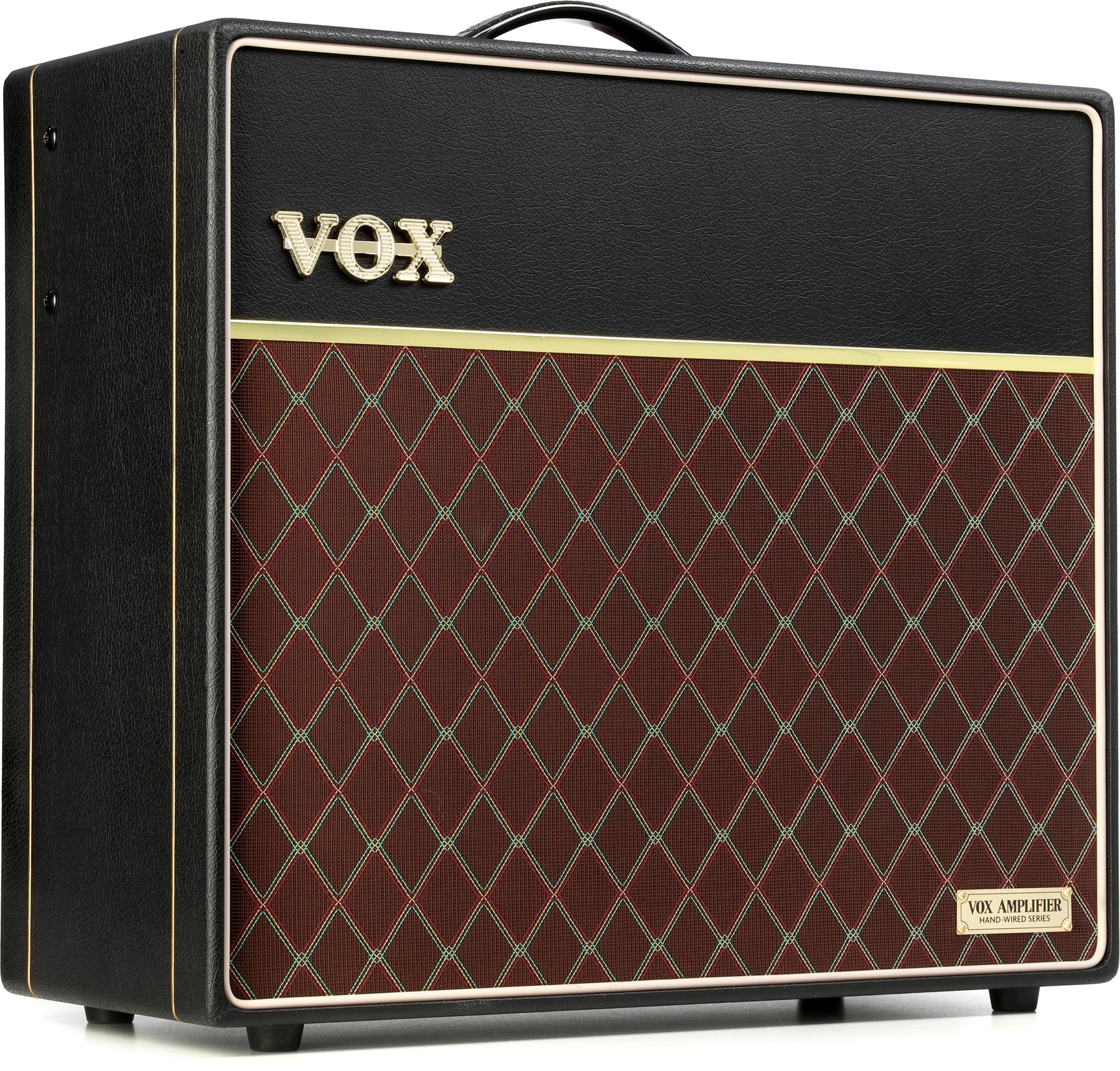Bass octave-fuzz effects aren’t typically for the timid. And as its name suggests, the EHX Lizard King largely trades in Godzilla-huge, cityscape-leveling sounds that lift bassists above Bonham-aping drummers and desert-rock guitar players that don’t have to answer to the neighbors. But there are shades of low end beyond simply menacing in the Lizard King.
Electro-Harmonix Lizard King Review by premierguitar
A big part of that flexibility starts with the sun/shadow switch. Sun mode features a mid-boosted fuzz bookended by enhanced treble and bass in the clean side of the blend. The shadow mode features flat bass and treble response and a much tighter fuzz. Each mode can be radically reshaped by the octave, blend, and tone controls, which, in various configurations, span warm overdrive with a little fuzz and fizz, glowing at the edges and thuggish realms. Many of the tones in the latter range are predictably chaotic, belching strange, colliding overtones that can sound quite tattered at more aggressive blend, tone, and octave settings—especially when you play down low on the neck. The same tones can be tightened up by playing in higher positions and especially at the 12th fret and above. The most cohesive of these tones can sound devastating while doubling, say, an SG and a Big Muff. But using subtler, hazier, and more modest octave fuzz textures can provide hip juxtaposition to mellower sounds from acoustic guitar to electric piano and synth string ensembles.





















